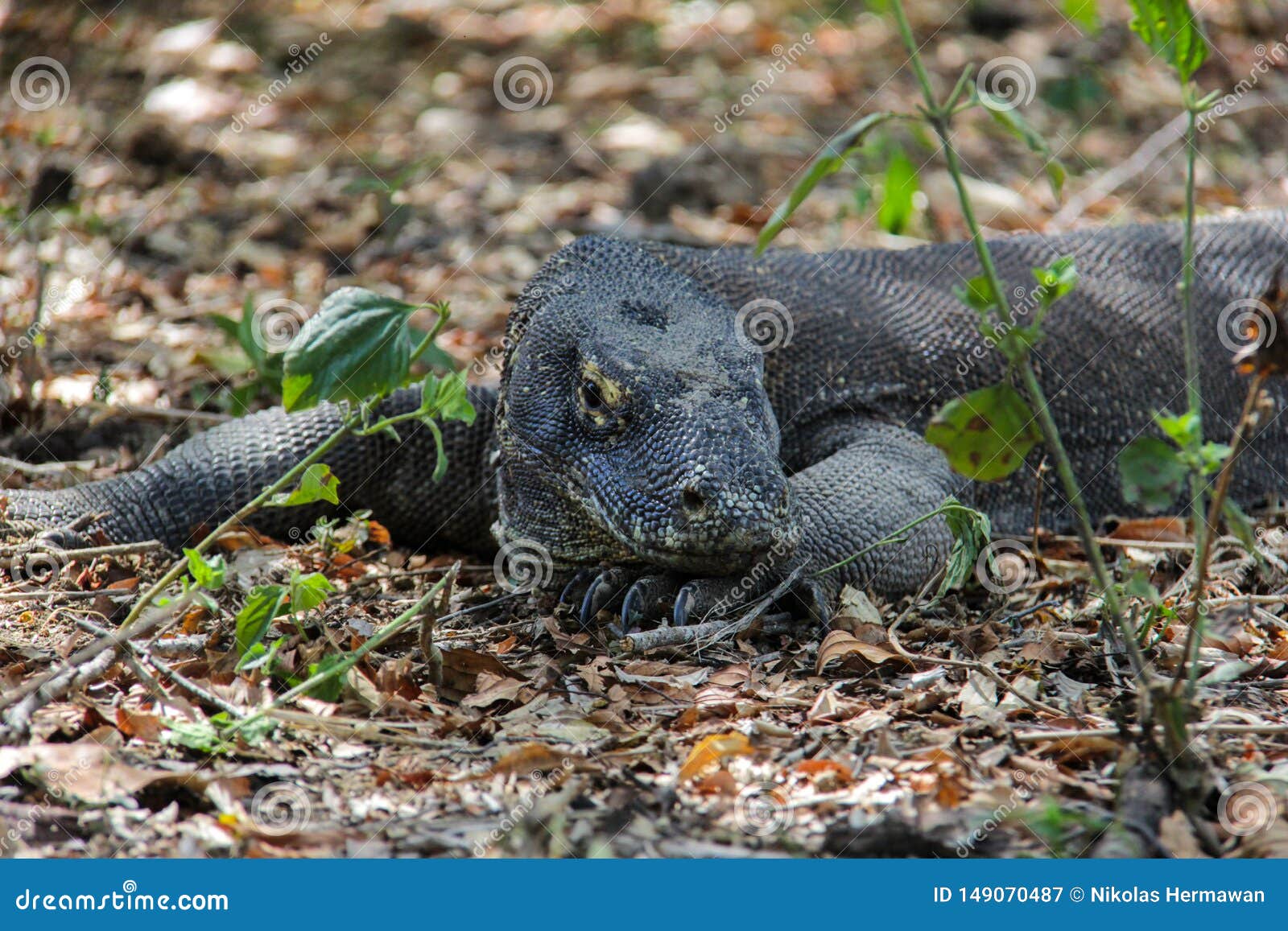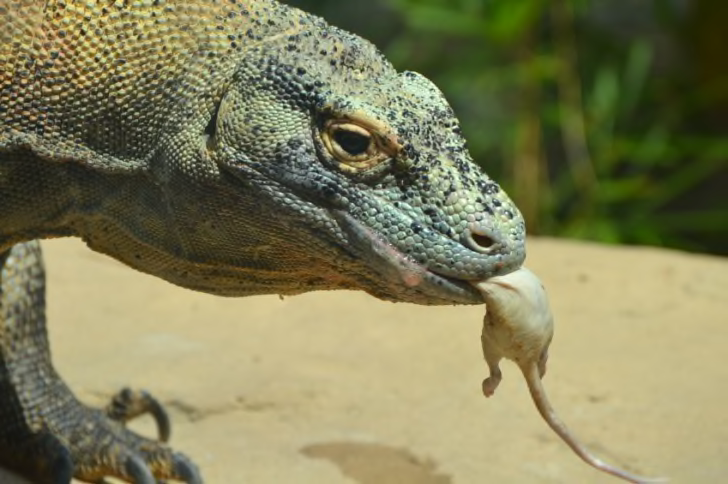


To be classified as Endangered, a species must satisfy at least one of five criteria, such as a significant reduction in population size over the past 10 years.

In reassessing the Komodo dragon for 2021, the IUCN considered a variety of factors relating to its lifestyle and habitat. While this categorisation is now defunct, the lizard was redesignated as Vulnerable in 1996, where it remained for the past 25 years. Given how few young lizards make it to adulthood coupled with the population's limited range, the Komodo dragon has previously been considered a Rare species since debuting on the Red List in 1986. However, typically only two of these hatchlings are ever likely to reach adulthood. The dragons prey on a variety of animals including deer, pigs and water buffalo, with a venomous bite to help take down its targets.Īfter maturing at around the age of six, females lay clutches of roughly 30 eggs, of which 20 are likely to hatch. Its main population found mostly in and around the Komodo National Park, on the island of Komodo, but smaller populations can also be found on the islands of Rinca and Flores. The Komodo dragon is a carnivorous reptile found only on the islands of southern Indonesia.


 0 kommentar(er)
0 kommentar(er)
